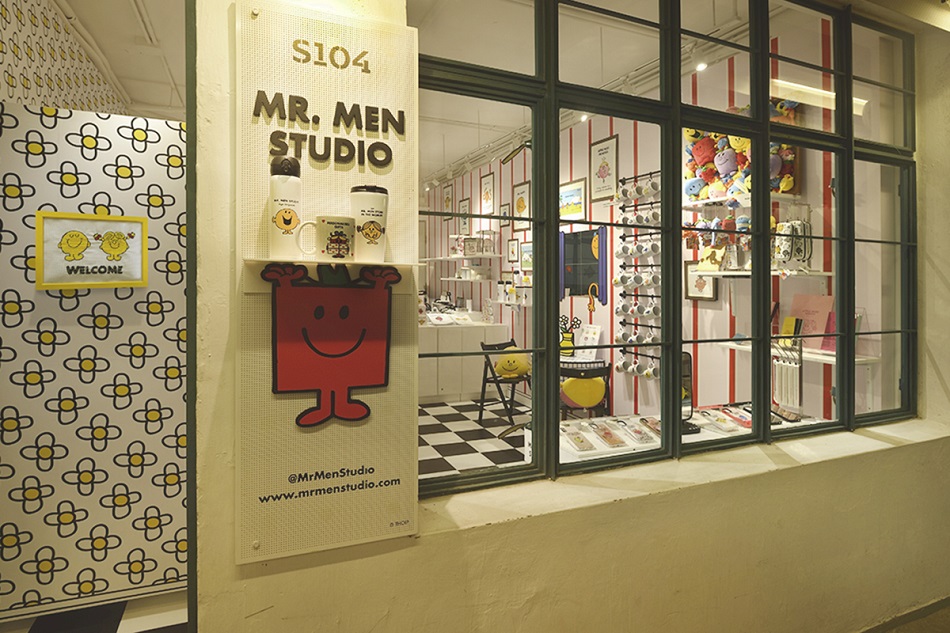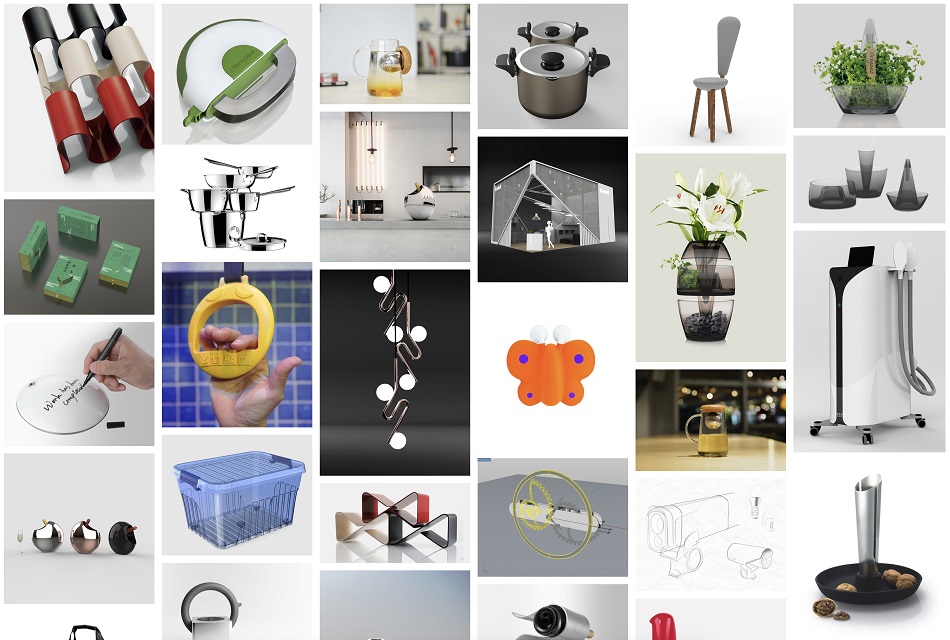Design Feature #34
The Alchemist: Tom Dixon and His Lifelong Desire for Transformation
Tom Dixon
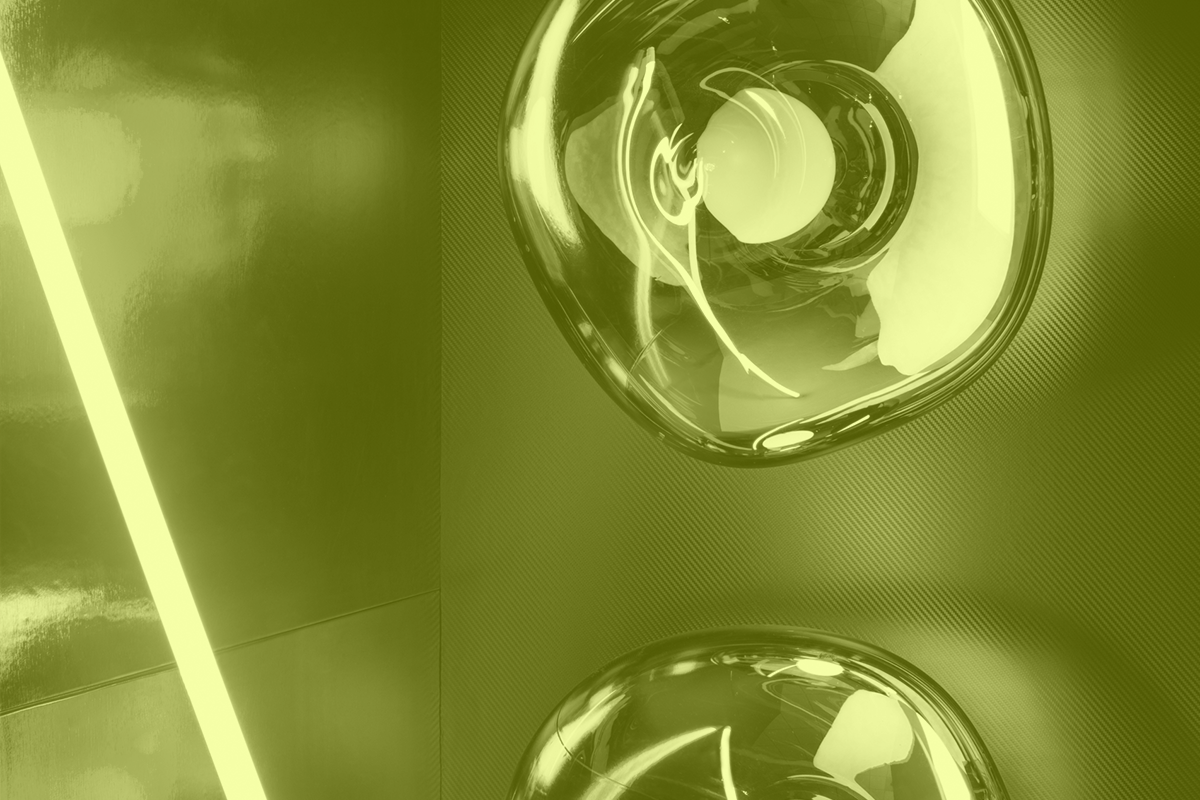
Written by RMM
Photos are courtesy of Tom Dixon Hong Kong
The Tom Dixon Hong Kong flagship store rises out of the weathered concrete sidewalk, its black brick walls a sharp contrast to the gleam and grit of surrounding buildings. This is “real Hong Kong” as Tom Dixon calls it. Real, gritty Hong Kong where the wet market meets fine dining, and faded awnings collide with objets d’art. Hollywood Road has seen countless transformations since its beginnings as a colonial thoroughfare where foreign merchants and sailors hustled. That a Tom Dixon store find its place in this historical centre of change, is perhaps destiny as the designer might have you believe.
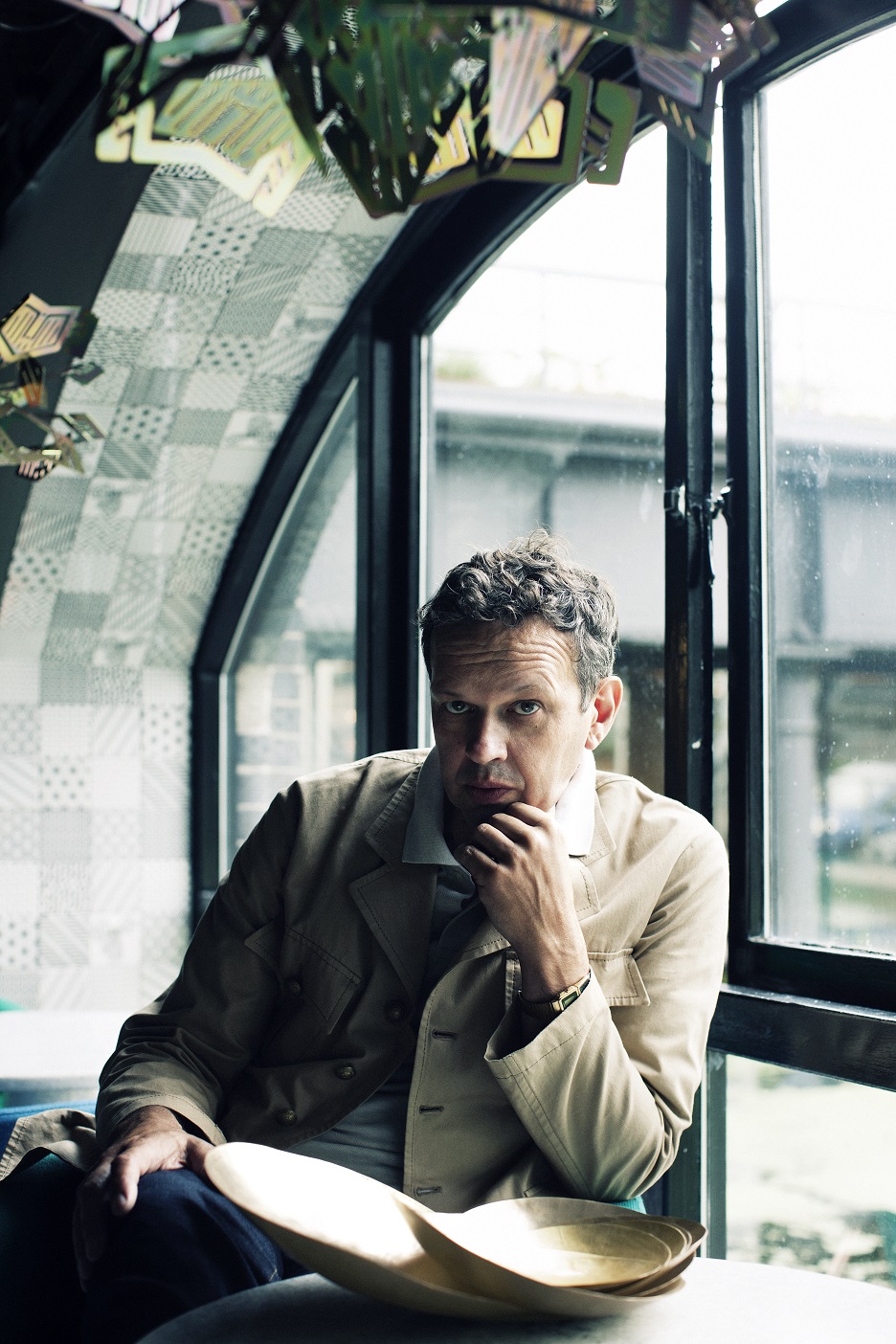
Tom Dixon, OBE is no stranger to change. The self-taught designer has worn many hats throughout the years; from a bass guitarist to nightclub owner and creative director, Dixon is constantly reinventing himself. This sense of ‘reinvention’ has no surprisingly, permeated his work as well: rock is turned into gleaming gold (copper to be exact), by-products into coveted pieces. His restless and possibly insatiable curiosity for the ‘fresh and new’ as he tells us, has seen him experiment with textiles and fragrance.
PMQ speaks to this enigmatic designer at his newly opened store and finds out more about his design process.
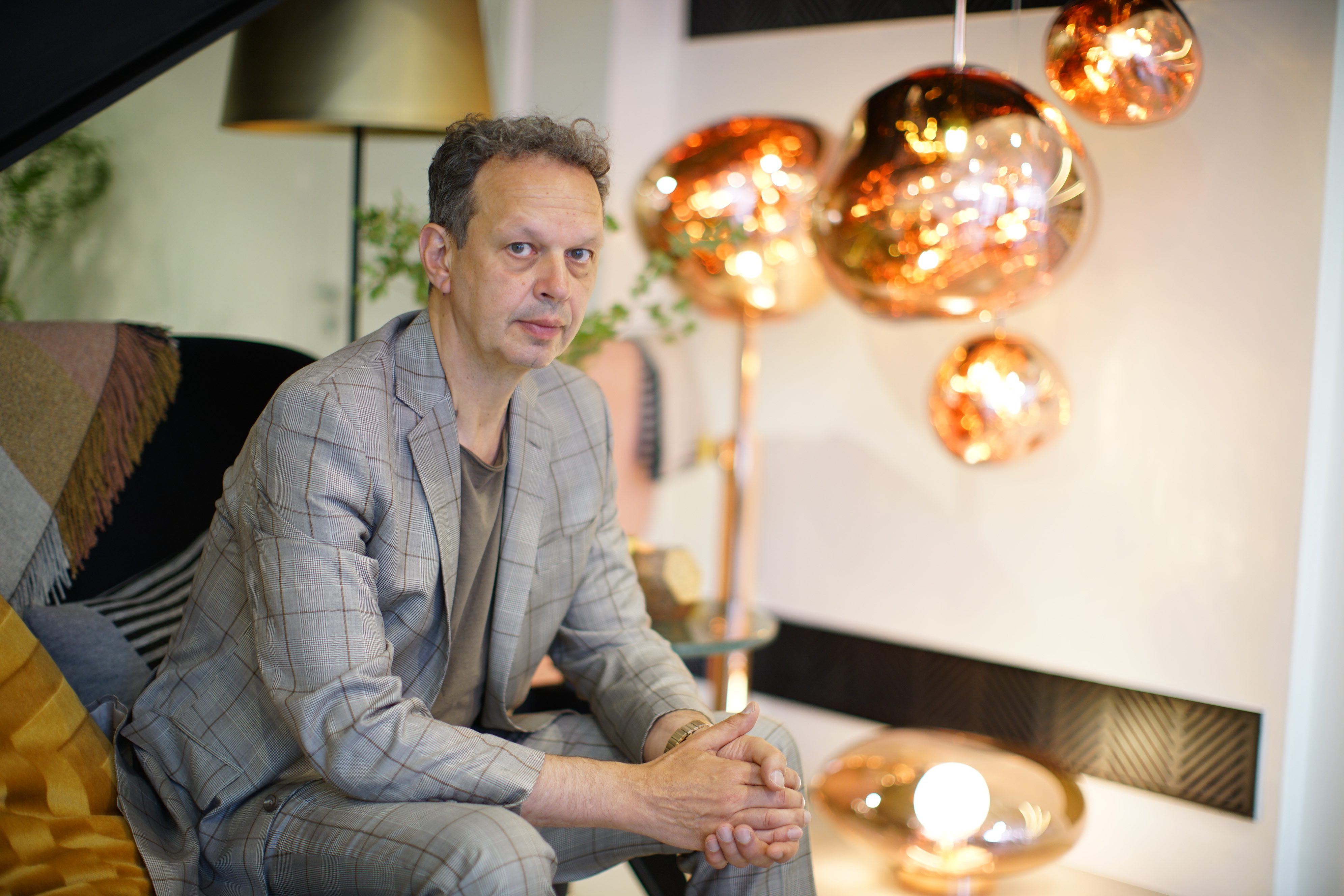
RMM: What do you like about Hong Kong? Do you feel at home here?
Tom Dixon (TD): Yeah, I like cities. Hong Kong has an amazing landscape. I love the way the mountains go into the sea. And I like the fact that it's also a working city — it still has this incredible, active port. It's definitely a great hub for the region and London is very much like that as well. (I like that) It's also very compressed. Even here in Hollywood Road, you've got a vegetable market and fancy restaurants. I like the variety.
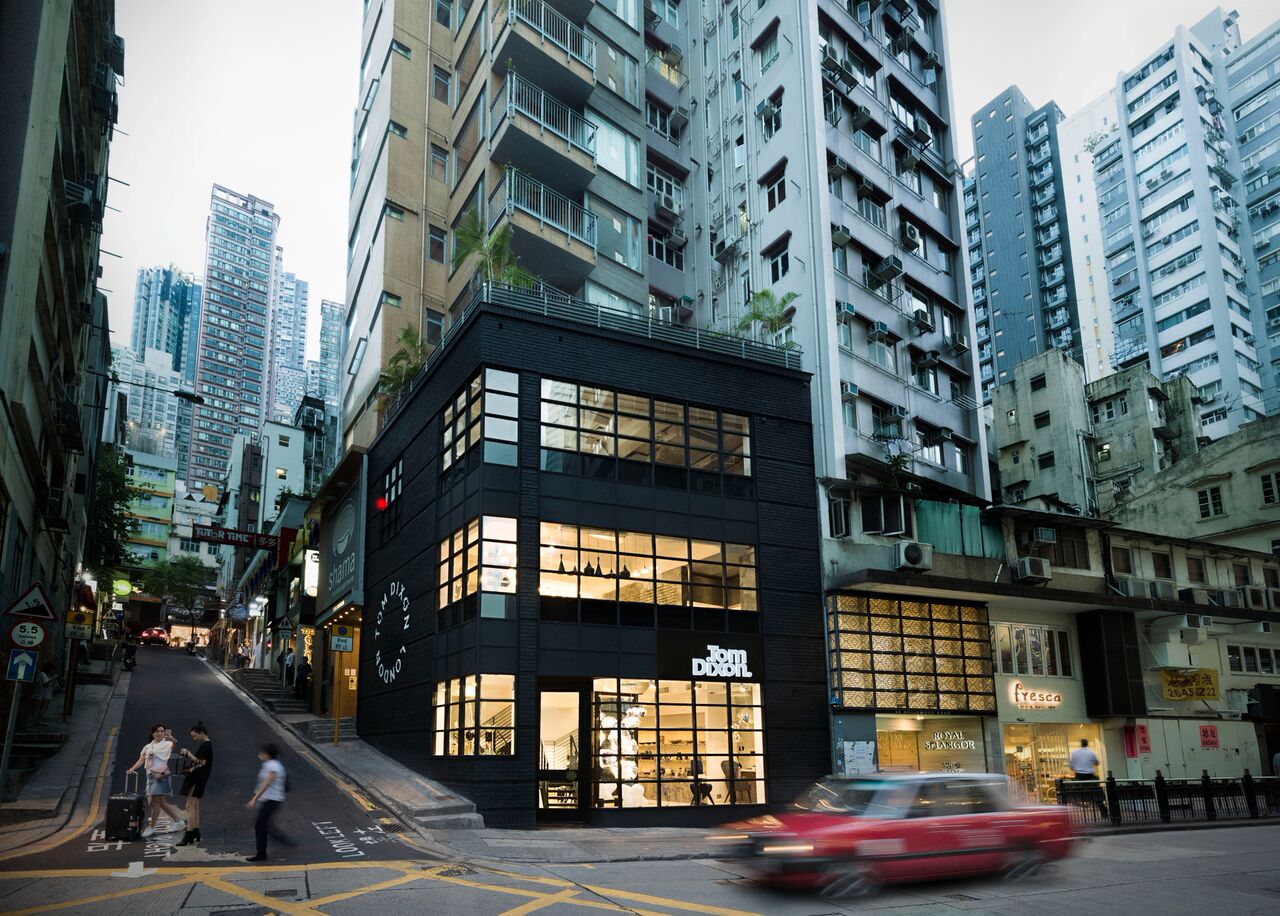
RMM: Why did you choose to have your flagship store here, in Hong Kong and on Hollywood Road?
TD: There are many reasons to choose Hong Kong! It’s really the great trading post of Asia; and there’s the British connection which makes it easier culturally. Hong Kong people are also early adopters of fashion and trends in general. As you know, we’ve had an office here for 6 years as our regional base. Our partner Joanne makes it easier to decode local ways of furnishing and customer behaviour.
The store is on the crossroads of five roads and one elevated walkway, which is great for visibility. It might have been more practical to stick it (the shop) in a mall or shopping centre but to be in real, gritty Hong Kong is exciting. Hollywood Road has got lots of different aspects — art galleries, night clubs, other design businesses, fashion. It’s a great road.
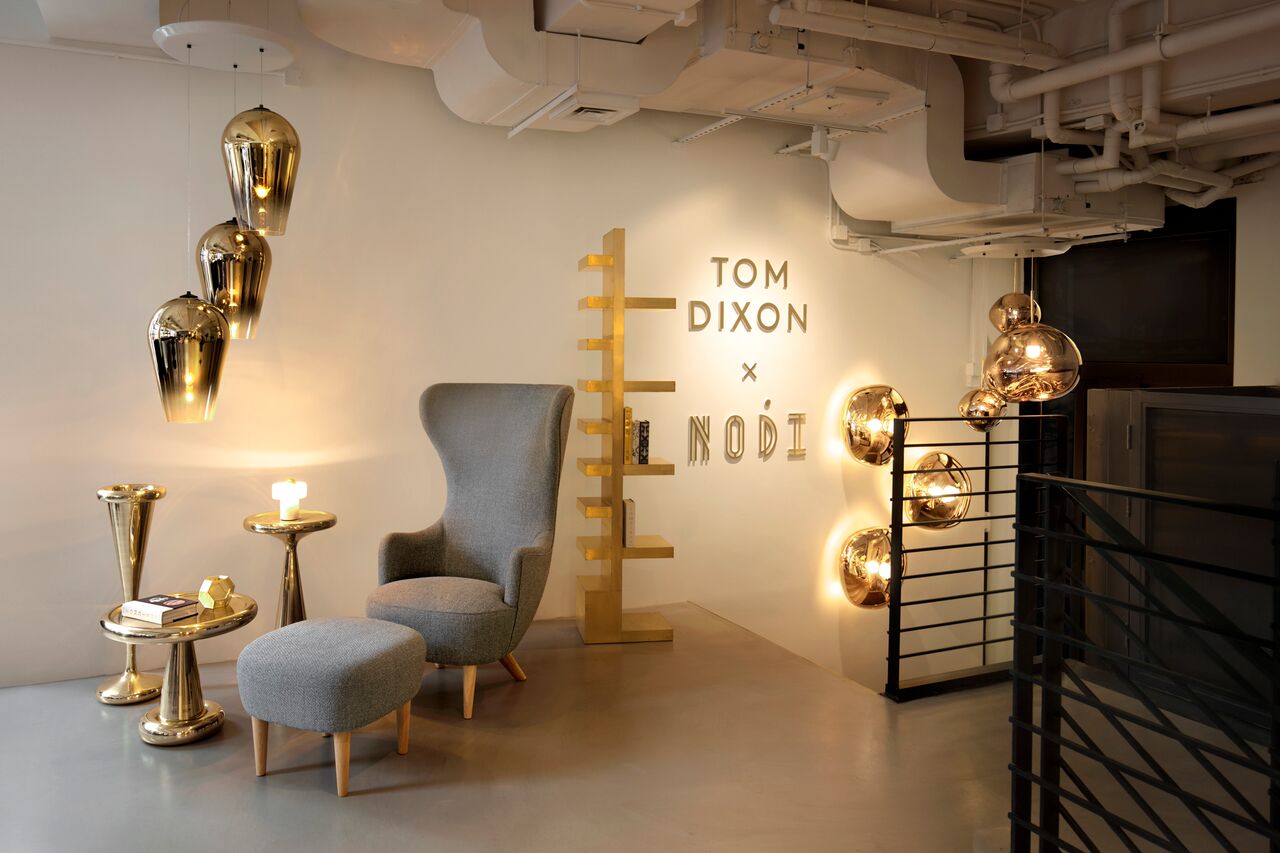
RMM: How would you define your work to someone encountering it for the first time?
TD: Well, I think the shapes tend to be quite basic and simple — cylinders, cones, cubes, spheres —but put together in a balanced way. I work a lot to get simplicity into objects, but recognisability is not so easy because they’re kind of contradictory attributes. My work is recognisable because they’ve got strong materiality and sculptural forms, but they still function (as objects).
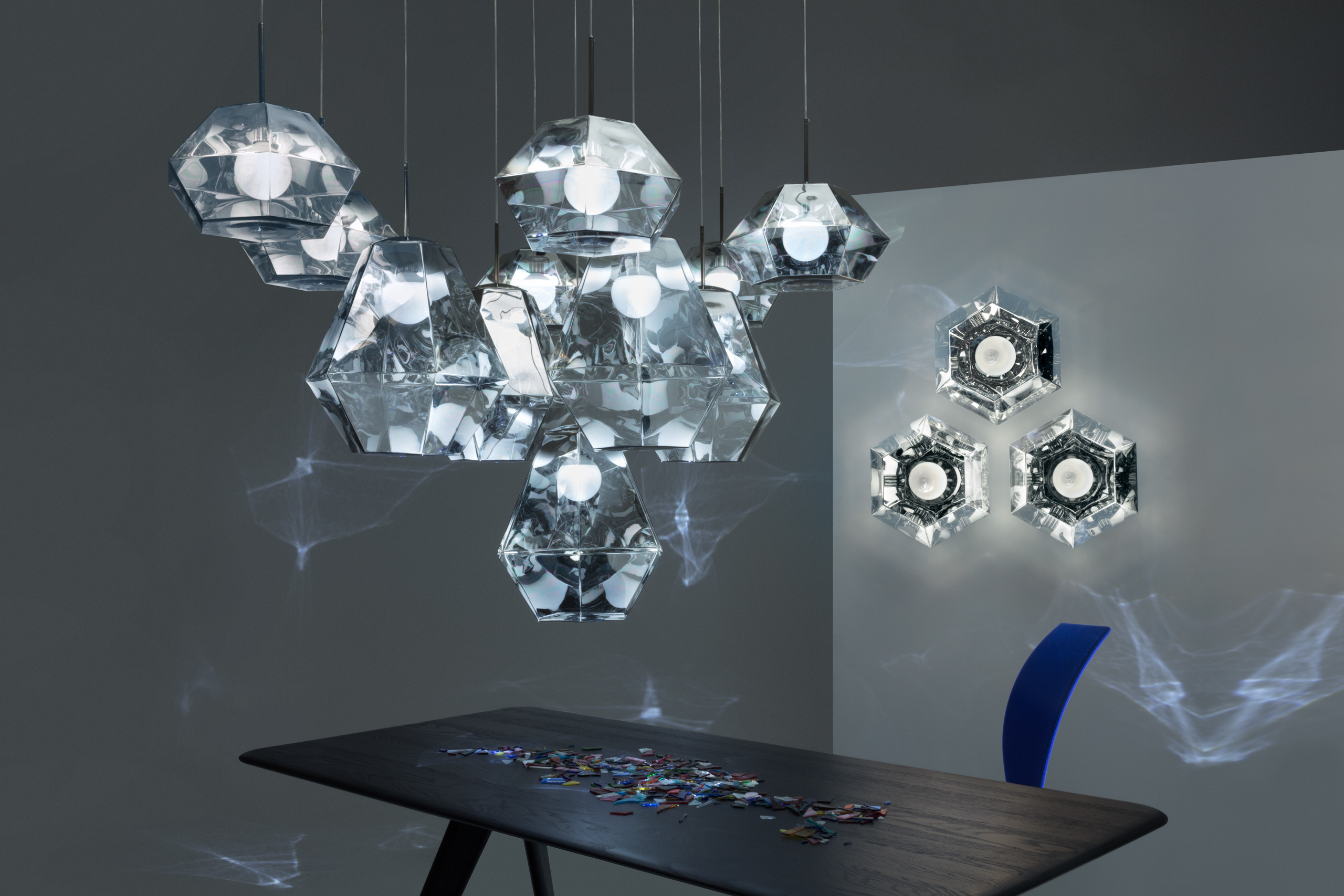
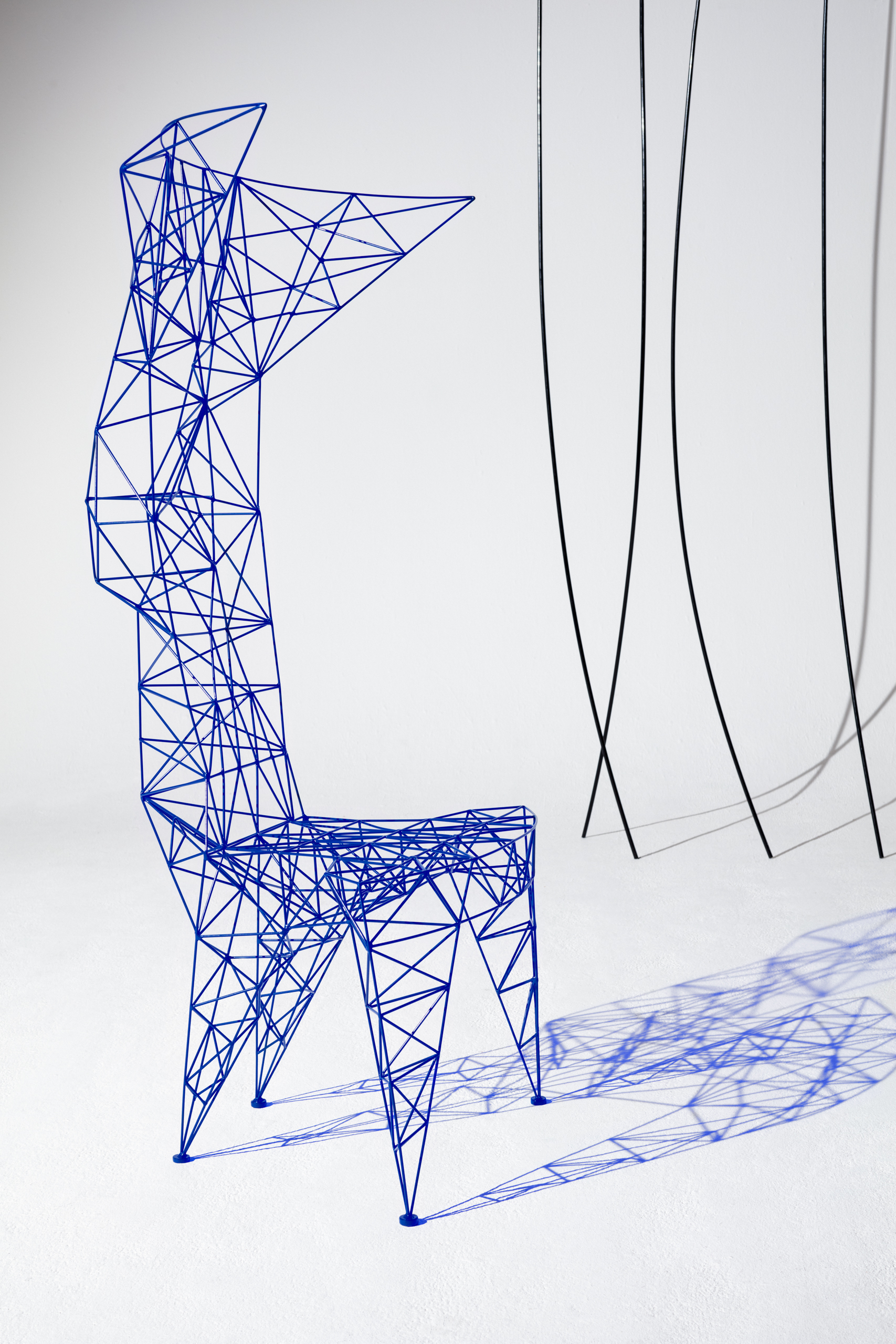
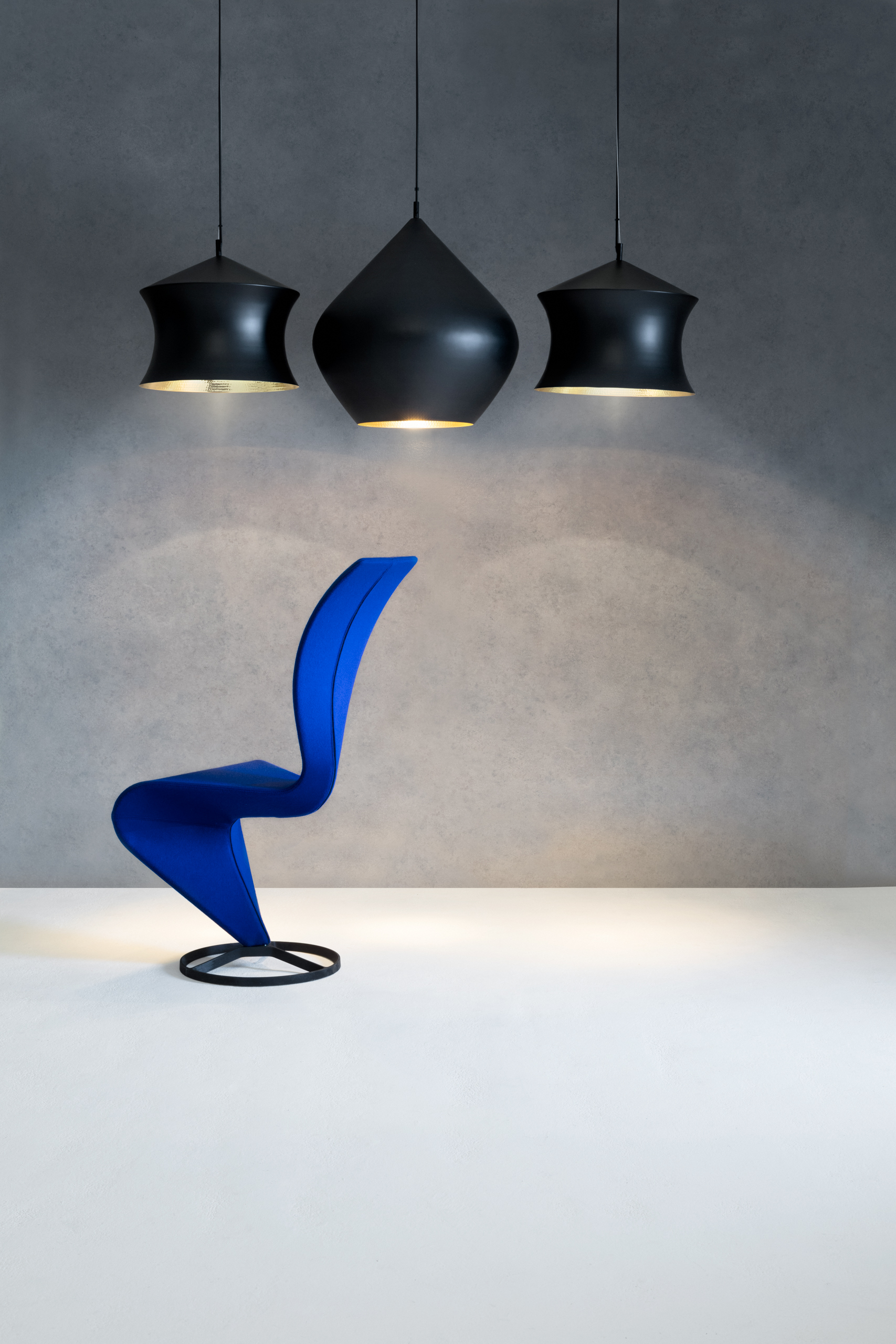
(Right)S Chair with Beat, Waist and Stout.
RMM: There is almost a sort of alchemy in the transmutation of earth and ore into the final polished, sophisticated designs you are known for. Do such transformational processes inform your choice of materials and design process?
TD: My development as a designer has always been through an interest in craft or industrial process. What still excites me right now is how you can change something into something else; I think that’s the job of the designer. You’ve got materials and manufacturing processes and you decide how to put them together, how to transform basic materiality into something desirable. It’s still a mystery to me how it happens; how you get an idea and decide that it’s gonna be something other people desire. But that’s what I do most days.
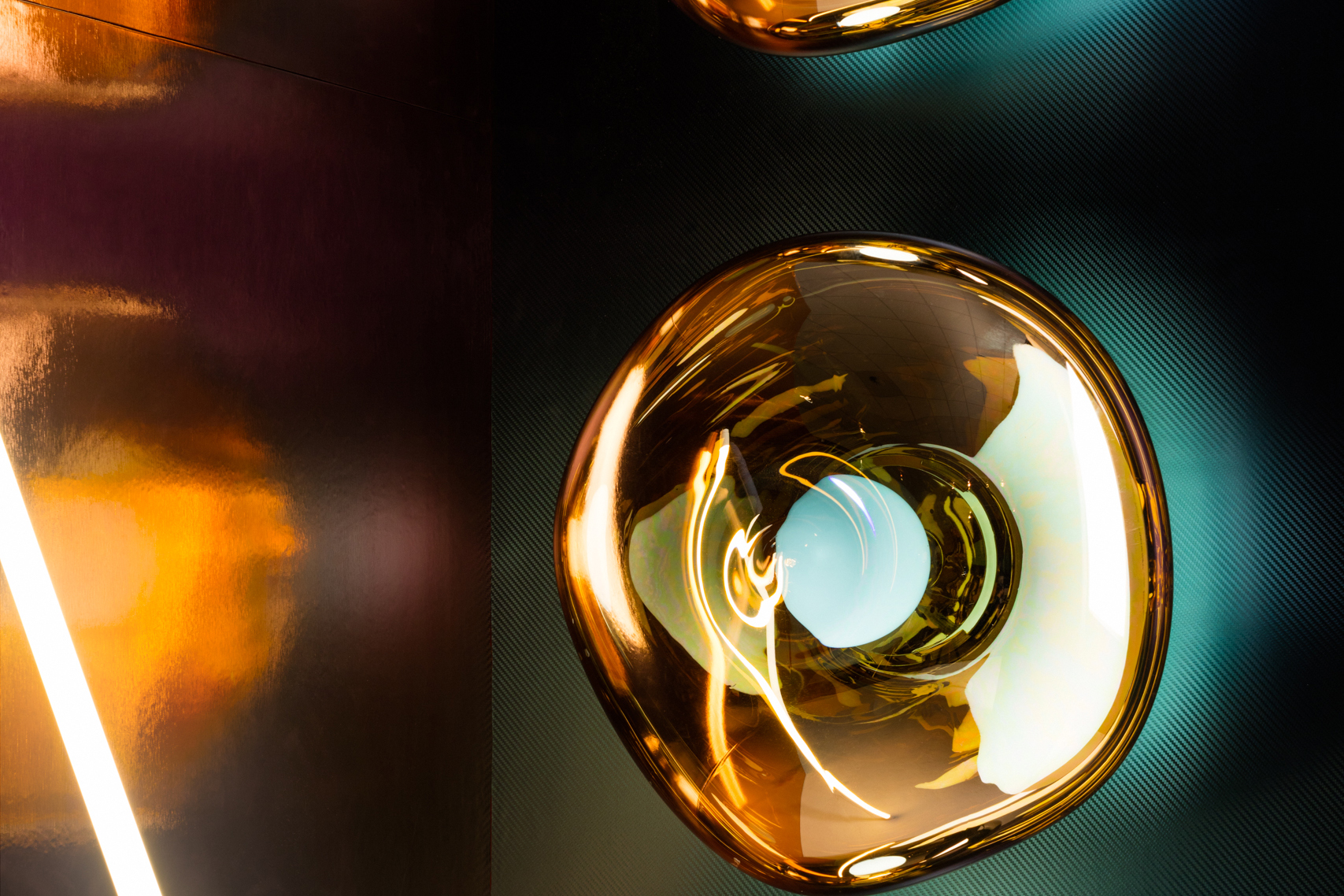
RMM: Following from the previous question: Asian cultures have had a similar relationship with ‘transformed’ materials such as kaolin and resin to porcelain and lacquer. Will there be interest in using such materials for your work?
TD: Yeah of course! I’ve worked a lot with those materials in other design jobs, like when I was working with Habitat. I did a lot of lacquer work. So when I find the right craftsmen or factory, I can definitely get excited about those processes and techniques.
In fact, ceramic was the first material that I worked with. My memory of it is discovering the possibility of design before I even knew what ‘design’ meant. That sort of transformation, the alchemy you talked about, came through pottery classes.
When you get a piece of mud, it has no shape. It’s ugly and gritty, and through the power of your ideas and hands, you’re able to transform it into something either useful, desirable or precious. You make that decision. Anybody can do it. I think that’s ‘the thing’ unique to human beings. When I discovered that I could transform something into something else, and met people who would give me money for the objects I made… It seemed like such a great way to make a living! It’s like being a magician, turning something into something else.
(This interview has been edited and condensed for clarity.)
Tom Dixon Flagship Store, No. 52, Hollywood Road, Central, Hong Kong

